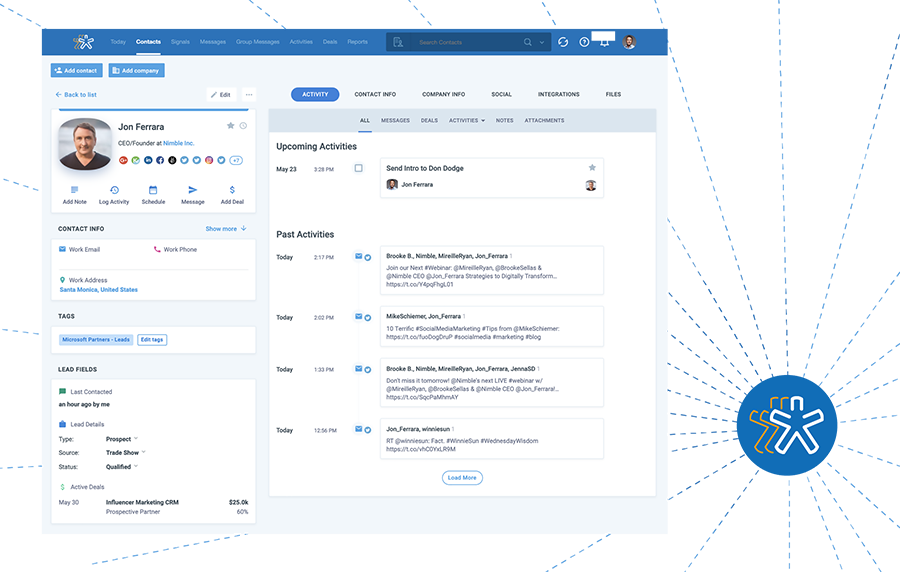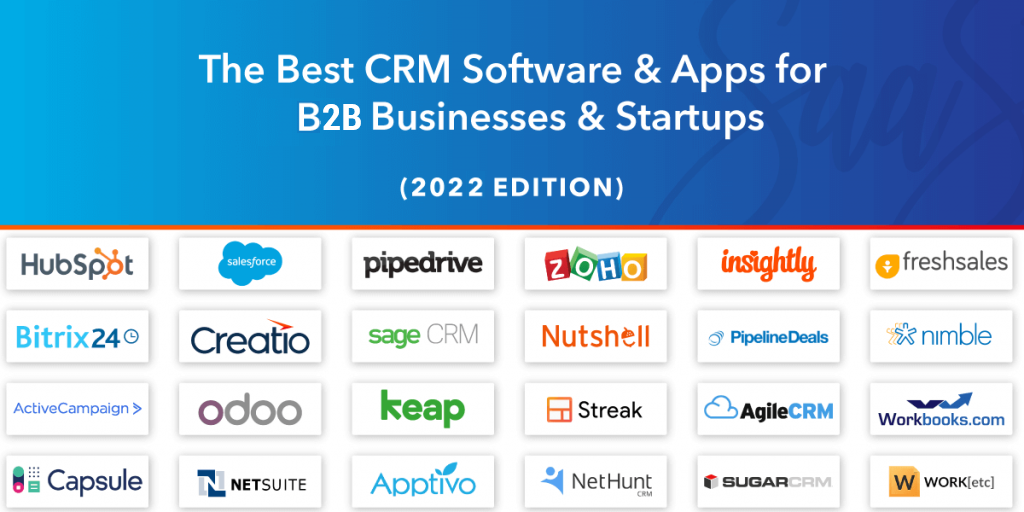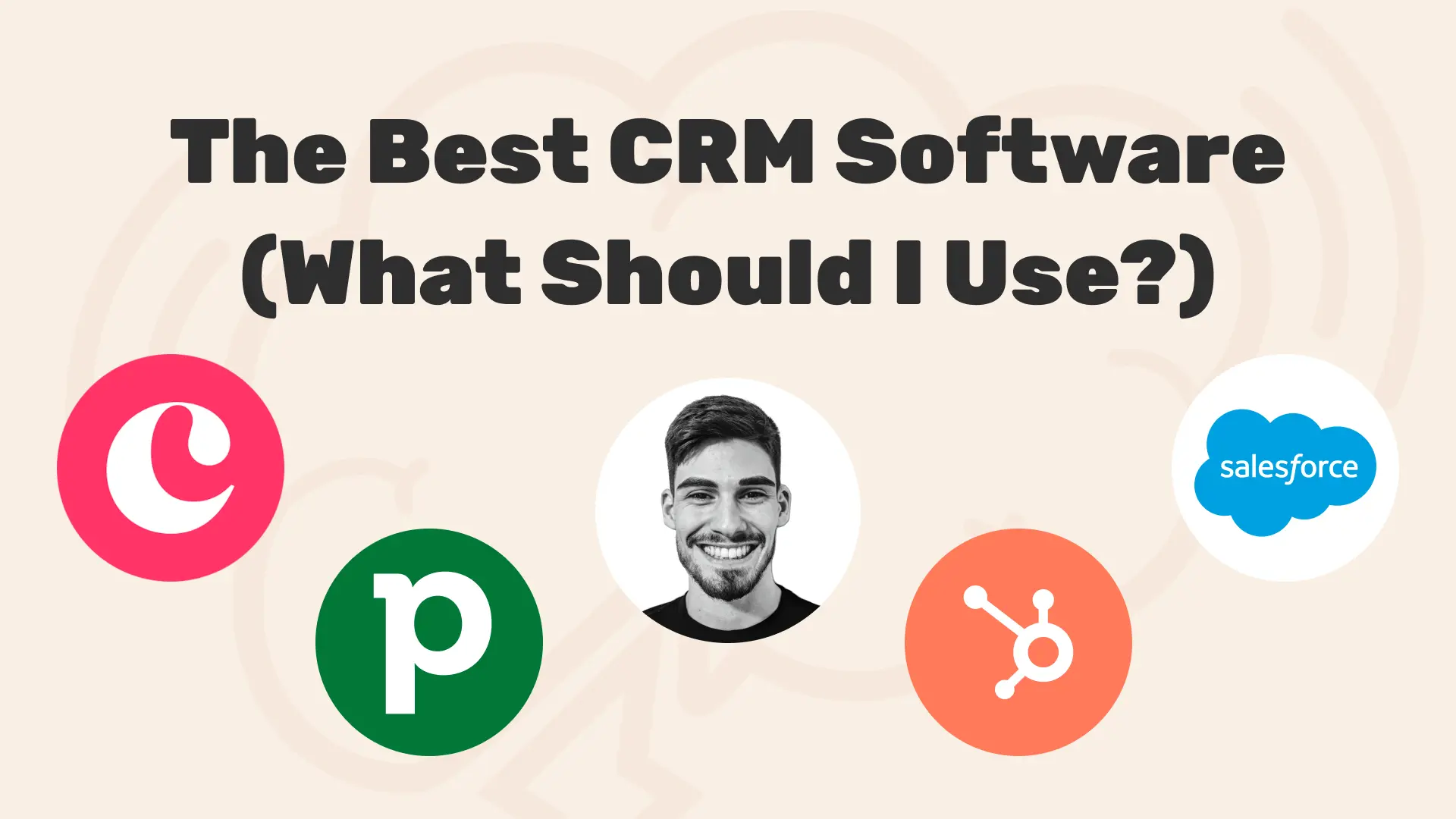Small Business CRM Checklist: Your Ultimate Guide to Choosing and Implementing the Right Solution
Running a small business is a rollercoaster. You’re constantly juggling multiple tasks, from managing customer relationships to tracking sales and marketing efforts. In this fast-paced environment, efficiency is key. That’s where a Customer Relationship Management (CRM) system comes in. It’s not just a piece of software; it’s your business’s central nervous system, helping you organize, automate, and analyze your customer interactions.
But with so many CRM solutions available, choosing the right one can feel overwhelming. This small business CRM checklist is designed to guide you through the process, from evaluating your needs to implementing and optimizing your chosen CRM. Consider this your roadmap to customer relationship success.
Why Your Small Business Needs a CRM
Before we dive into the checklist, let’s understand why a CRM is crucial for your small business. Think of it as a digital assistant that:
- Centralizes Customer Data: No more scattered spreadsheets or lost sticky notes. A CRM stores all your customer information in one accessible place.
- Improves Customer Relationships: By understanding your customers better, you can personalize interactions and build stronger relationships.
- Boosts Sales: CRM tools help you track leads, manage the sales pipeline, and close deals more efficiently.
- Enhances Marketing Efforts: Segment your audience, automate marketing campaigns, and track their effectiveness.
- Increases Productivity: Automate repetitive tasks, freeing up your team to focus on more strategic activities.
- Provides Data-Driven Insights: Gain valuable insights into your business performance through reports and analytics.
The Small Business CRM Checklist: Your Step-by-Step Guide
This checklist is divided into key stages. Follow each step to ensure you select and implement a CRM system that aligns with your business goals.
Phase 1: Define Your Needs and Goals
Before you start shopping, take a step back and assess your current situation. What are your pain points? What do you hope to achieve with a CRM?
- Identify Your Business Goals:
What are your primary objectives? Are you focused on increasing sales, improving customer retention, streamlining marketing efforts, or enhancing customer service? Define specific, measurable, achievable, relevant, and time-bound (SMART) goals. For example, “Increase sales by 15% within the next year.”
- Analyze Your Current Processes:
Map out your existing workflows. How do you currently manage leads, sales, customer interactions, and support? Identify areas where you can improve efficiency. What are your current methods of tracking customer interactions? Where are the gaps?
- Assess Your Team’s Needs:
Talk to your sales, marketing, and customer service teams. What are their biggest challenges? What features would make their jobs easier? Ensure everyone is involved in the selection process to foster buy-in and successful adoption.
- Determine Your Budget:
CRM systems vary in price, from free options to enterprise-level solutions. Set a realistic budget that includes software costs, implementation expenses, training, and ongoing maintenance. Consider both the initial investment and the long-term costs.
- List Must-Have Features:
Based on your goals and needs, create a list of essential features. This might include contact management, lead tracking, sales pipeline management, email marketing integration, reporting and analytics, and mobile access. Prioritize the features that are most critical to your success.
Phase 2: Research and Evaluate CRM Solutions
With your needs defined, it’s time to explore your options. This phase is about finding the best fit for your business.
- Research CRM Vendors:
Explore different CRM providers. Research both well-known companies and smaller, niche providers. Look for vendors that specialize in serving small businesses. Read reviews, compare features, and explore pricing plans.
- Evaluate Key Features:
Compare the features of each CRM against your must-have list. Does it offer the functionalities you need? Does it integrate with your existing tools, such as email marketing platforms, accounting software, and social media channels? Consider ease of use, scalability, and customization options.
- Consider Scalability:
Choose a CRM that can grow with your business. Will it be able to handle an increasing number of contacts, users, and data as your company expands? Consider the long-term potential of the CRM and how it will support your future growth.
- Assess Integration Capabilities:
Check how well the CRM integrates with your existing tools. Integration capabilities are key to streamlining your workflows. Look for seamless integration with your email marketing platform, accounting software, and other business applications.
- Evaluate User Friendliness:
The CRM should be easy for your team to learn and use. Look for a user-friendly interface, intuitive navigation, and helpful tutorials. Consider the level of technical expertise required to use and maintain the system. A complex system will lead to frustration and low adoption rates.
- Check for Mobile Accessibility:
In today’s mobile world, access to your CRM on the go is essential. Ensure the CRM has a mobile app or a responsive design that works well on mobile devices. This will allow your team to access customer data and manage their tasks from anywhere.
- Consider Security and Compliance:
Data security is paramount. Choose a CRM that offers robust security features, such as data encryption, access controls, and regular backups. Ensure the CRM complies with relevant data privacy regulations, such as GDPR and CCPA.
- Look for Customer Support:
Check the vendor’s customer support options. Does it offer phone, email, and live chat support? Does it provide training and documentation? Good customer support is crucial for resolving issues and maximizing the value of your CRM.
- Request Demos and Trials:
Request demos from your top choices to see the CRM in action. Take advantage of free trial periods to test the system with your own data and evaluate its features. This will allow you to get a feel for the user interface and determine if it’s the right fit for your team.
Phase 3: Choose and Implement Your CRM
Once you’ve narrowed down your options, it’s time to make a decision and get started with implementation.
- Select the Best CRM:
Based on your research and evaluation, choose the CRM that best meets your needs and budget. Consider all the factors, including features, ease of use, integration capabilities, and customer support. Don’t rush the decision; take your time to find the right fit.
- Plan Your Implementation:
Create an implementation plan that outlines the steps you’ll take to set up and configure your CRM. This should include data migration, user training, and customization. Assign roles and responsibilities to team members to ensure a smooth transition.
- Migrate Your Data:
Import your existing customer data into the new CRM. Clean up your data before migrating it to remove duplicates and ensure accuracy. Most CRM systems offer data import tools that simplify this process. Consider using a data migration service if you have a large or complex dataset.
- Customize Your CRM:
Configure the CRM to match your specific business processes. Customize fields, workflows, and reports to align with your needs. This will help your team use the CRM effectively and maximize its value. Ensure the CRM reflects your unique sales and marketing processes.
- Train Your Team:
Provide comprehensive training to your team on how to use the CRM. Offer training sessions, create user guides, and provide ongoing support. Encourage your team to ask questions and provide feedback. Proper training is critical for successful adoption.
- Test and Refine:
Before going live, test the CRM thoroughly. Make sure all features work as expected and that your data is accurate. Refine your processes and configurations based on your testing results. This step helps identify and address any issues before your team starts using the system regularly.
- Go Live:
Once you’re confident that the CRM is ready, launch it to your team. Communicate the launch date and provide ongoing support. Celebrate the launch with your team to build excitement and encourage adoption. Make the launch an event!
Phase 4: Optimize and Maintain Your CRM
Implementing a CRM is just the beginning. Ongoing optimization and maintenance are essential to maximize its value.
- Monitor Usage and Adoption:
Track how your team is using the CRM and identify areas where they need additional support or training. Monitor key metrics, such as the number of logged activities, the number of closed deals, and customer satisfaction scores. Use these metrics to measure the CRM’s impact on your business.
- Gather Feedback:
Regularly solicit feedback from your team on their experience with the CRM. What do they like? What could be improved? Use this feedback to make adjustments and optimize the system. Team feedback helps improve the user experience.
- Provide Ongoing Training:
Offer regular training sessions to keep your team updated on new features and best practices. Provide refresher courses and answer questions. Ongoing training ensures that your team is using the CRM effectively and leveraging its full potential.
- Review and Update Your Processes:
Periodically review your CRM processes and workflows to ensure they are still aligned with your business goals. Make adjustments as needed to improve efficiency and effectiveness. Business needs change, so workflows need to be updated.
- Analyze Data and Generate Reports:
Use the CRM’s reporting and analytics features to track your performance and identify areas for improvement. Analyze your sales data, marketing campaign results, and customer service metrics. Use these insights to make data-driven decisions. Regular reporting provides actionable insights.
- Integrate with New Tools:
Explore new integrations to enhance the CRM’s capabilities. As your business grows, you may need to integrate with new tools and applications. Integration capabilities are key to streamlining your workflows. Integrate with new tools as needed.
- Stay Updated with CRM Updates:
CRM providers regularly release updates and new features. Stay informed about these updates and implement them to take advantage of the latest improvements. Keep your CRM current for optimal performance. Stay ahead of the curve.
Common Mistakes to Avoid
Even with a checklist, some common mistakes can derail your CRM implementation. Here are a few to watch out for:
- Not Defining Your Needs: Starting without a clear understanding of your goals and requirements.
- Choosing the Wrong CRM: Selecting a system that doesn’t fit your business needs.
- Poor Data Migration: Importing inaccurate or incomplete data.
- Lack of User Training: Failing to properly train your team on how to use the CRM.
- Ignoring User Feedback: Not listening to your team’s input and making necessary adjustments.
- Not Following Up: Not regularly monitoring and optimizing the CRM.
- Trying to Do Too Much at Once: Overcomplicating the implementation process.
Free and Open-Source CRM Options
For small businesses on a tight budget, free or open-source CRM options can be a good starting point. However, be aware of the limitations. They may have fewer features, require more technical expertise to set up and maintain, and may have limited customer support.
- Zoho CRM Free Edition: Offers basic CRM features for up to three users.
- HubSpot CRM: A popular free CRM with a wide range of features, including contact management, deal tracking, and email marketing.
- Bitrix24: Provides a free plan with a range of tools, including CRM, project management, and collaboration features.
- SuiteCRM: A powerful open-source CRM that can be self-hosted or hosted in the cloud.
- Vtiger CRM: Another open-source CRM with a comprehensive set of features.
Always carefully consider your business needs and the limitations of free CRM options before making a decision.
The Benefits of a Well-Implemented CRM
Investing in a CRM can transform your small business. Here are some of the key benefits:
- Increased Sales: Improved lead management, sales pipeline visibility, and sales automation result in more closed deals.
- Improved Customer Satisfaction: Personalized interactions, faster response times, and proactive customer service build stronger customer relationships.
- Enhanced Marketing ROI: Targeted marketing campaigns, improved lead generation, and better marketing analytics.
- Improved Team Collaboration: Centralized data and shared workflows improve communication and collaboration across departments.
- Data-Driven Decision Making: Access to real-time data and insightful reports helps you make informed decisions.
- Increased Efficiency: Automation of repetitive tasks frees up your team to focus on more strategic activities.
- Better Lead Generation: Improved tracking and management of leads.
- Reduced Costs: Automation and streamlined workflows can reduce operational costs.
Conclusion: Your CRM Success Starts Here
Choosing and implementing a CRM is a significant step for any small business. By following this small business CRM checklist, you can ensure that you select the right solution, implement it effectively, and optimize it over time. Remember to define your needs, research your options, train your team, and continuously monitor and refine your processes.
A well-implemented CRM is more than just software; it’s a strategic investment that will help you build stronger customer relationships, boost sales, and achieve your business goals. Start today, and embark on the journey to CRM success!


